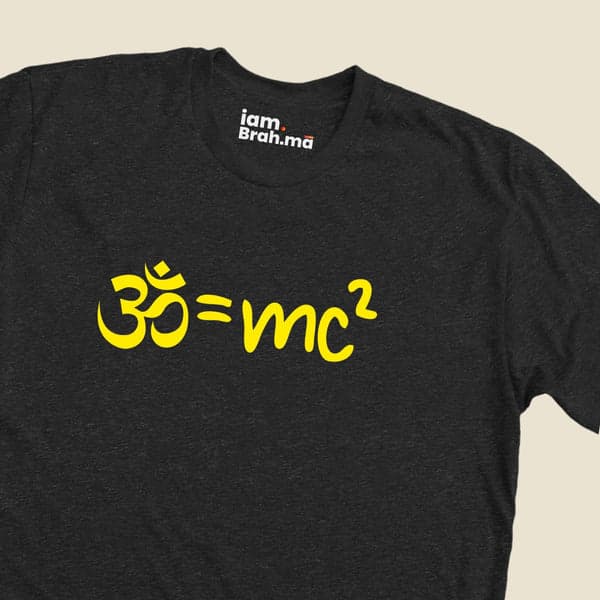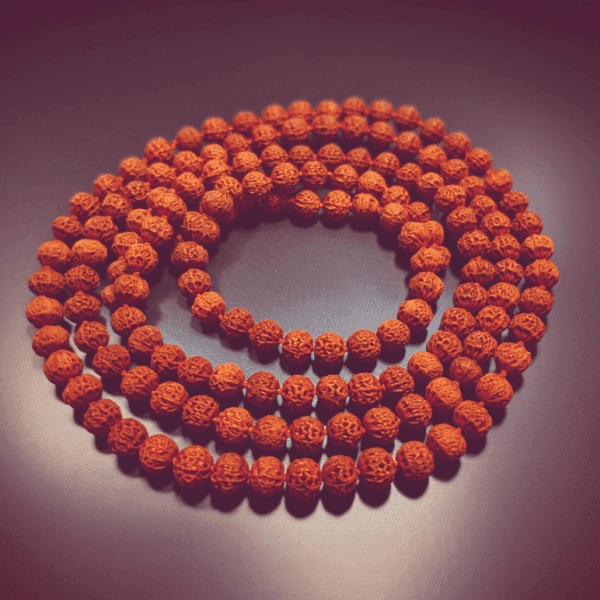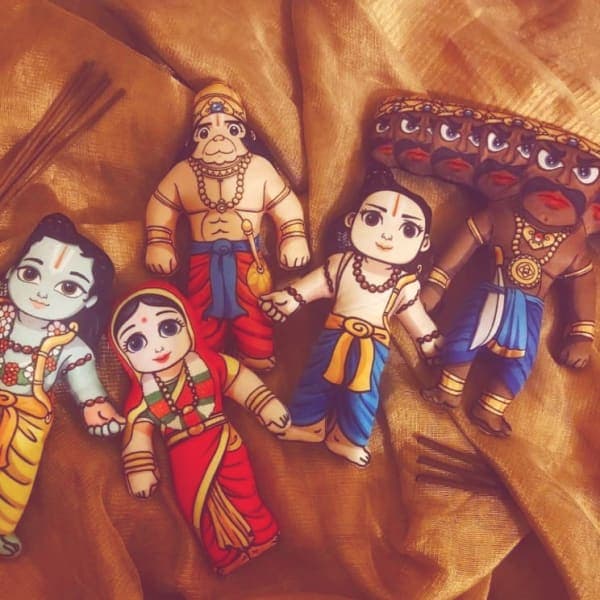Vishweshwar (Vishwanath) Temple
Varanasi, Uttar Pradesh
Vishweshwar Temple, also known as Vishwanath Temple, is one of the twelve Jyotirlingas. This temple is mentioned in several religious texts, including the Kashi Khand, the Shiv Puran, and others. According to the Kashi Khand, the original name of this temple was Moksh Lakshmi Vilas Temple, which had five mandaps, the main one of which was Garbha Griha.
Architecture
The temple complex consists of a series of smaller shrines, located in a small lane called the Vishwanatha Galli, near the river. The linga of the main deity at the shrine is 60 centimetres (24 in) tall and 90 centimetres (35 in) in circumference housed in a silver altar. The main temple is quadrangle and is surrounded by shrines of other gods. There are small temples for Kala Bhairava, Kartikeya, Avimukteshwara, Vishnu, Ganesha, Shani, Shiva and Parvati in the complex.
There is a small well in the temple called the Jnana Vapi also spelled as Gyan vapi (the wisdom well). The Jnana Vapi well sites to the north of the main temple and during the invasion by the Mughals the Jyotirlinga was hidden in the well to protect it at the time of invasion. It is said that the main priest of the temple jumped in the well with the lingam in order to protect the Jyotirlinga from invaders.
There is a Sabha Griha or Congregation Hall leading to the inner Garbha Griha or Sanctum Sanctorum. The venerable Jyotirlinga is a dark brown colored stone which is enshrined in the Sanctum, placed on a silver platform. Structure of the Mandir is composed of three parts. The first compromises a spire on the temple. The second is gold dome and the third is the gold spire atop the sanctum bearing a flag and a trident.
The Kashi Vishwanath temple receives around 3,000 visitors every day. On certain occasions, the numbers reach 1,000,000 and more. Noteworthy about the temple is 15.5-metre-high gold spire and gold Onion dome. There are three domes each made up of pure gold, donated by Maharaja Ranjit Singh in 1835.
The Shri Kashi Vishwanath Dham corridor was constructed between Kashi Vishwanath Temple and Manikarnika Ghat along the Ganges River, providing various amenities for pilgrims.
Timings of Temple
| Darshan | 4:00 AM to 11:00 AM; 12:00 PM to 7:00 PM; 8:30 PM to 9:00 PM |
| Mangala Aarti | 3:00 AM to 4:00 AM |
| Afternoon Bhog | 11:30 AM to 12:00 PM |
| Sapta Rishi Aarti | 7:00 PM to 8:30 PM |
| Shringar Bhog and Aarti | 9:00 PM |
| Shayan Aarti | 10:30 PM |
...




